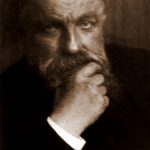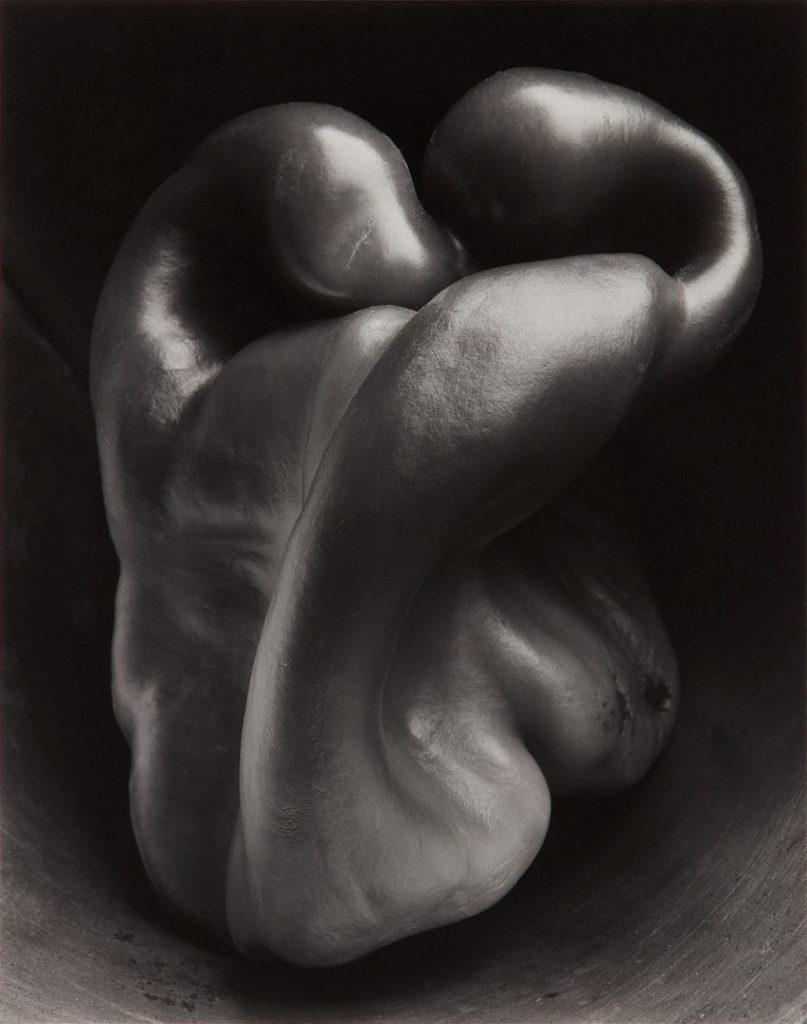
Edward Weston, born on March 24, 1886, in Highland Park, Illinois, embarked on his artistic journey during a period of profound change. At the tender age of 16, Weston received a Kodak Bull’s-Eye camera from his father, marking the inception of a lifelong love affair with photography. His early works, capturing the landscapes of the American Midwest, hinted at the meticulous attention to detail that would define his future contributions to the art form.
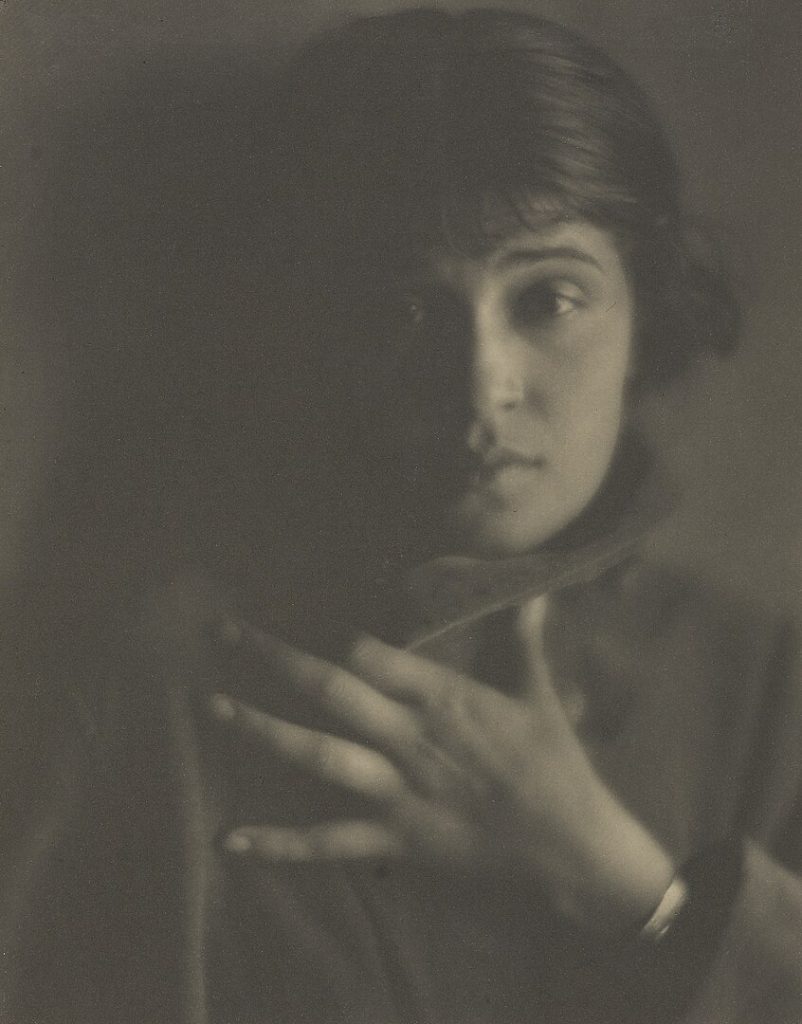
In 1906, Weston’s quest for artistic inspiration led him to California, a move that proved transformative. The diverse landscapes and cultural richness of the West Coast fueled his creativity, prompting him to experiment with various photographic techniques. This period of exploration laid the groundwork for the emergence of Weston as a trailblazer in the world of photography.
FModernism and Group f/64
The 1920s witnessed a seismic shift in Weston’s approach to photography as he became a central figure in the Modernist movement. Rejecting the soft focus and manipulated aesthetics of pictorialism, Weston embraced a new vision characterized by sharp focus and precise composition. This departure from tradition culminated in the formation of Group f/64 in 1932, a collective of photographers advocating for a purer, unadulterated form of artistic expression.
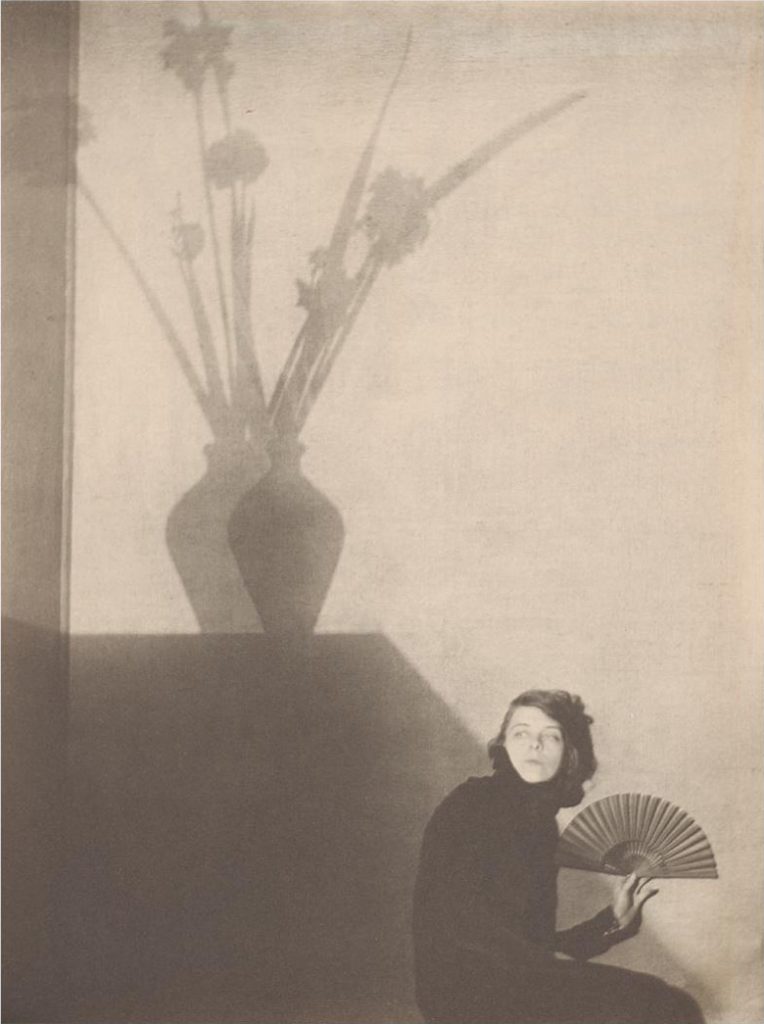
Weston’s iconic photograph, “Pepper No. 30,” exemplified the principles of Group f/64. This close-up of a bell pepper transcended its mundane subject matter through meticulous composition and lighting. Weston’s lens transformed ordinary objects into visual poetry, challenging perceptions of what could be considered art in the realm of photography.
Beyond Form: Evolution in Later Works
As Weston matured as an artist, his work evolved beyond the strict confines of formalism. Exploring new subject matter and delving into the complexities of human relationships, he revealed a more nuanced and introspective facet of his artistic identity. His series of nudes, particularly those featuring his muse and lover Charis Wilson, showcased a fusion of technical mastery and emotional depth.
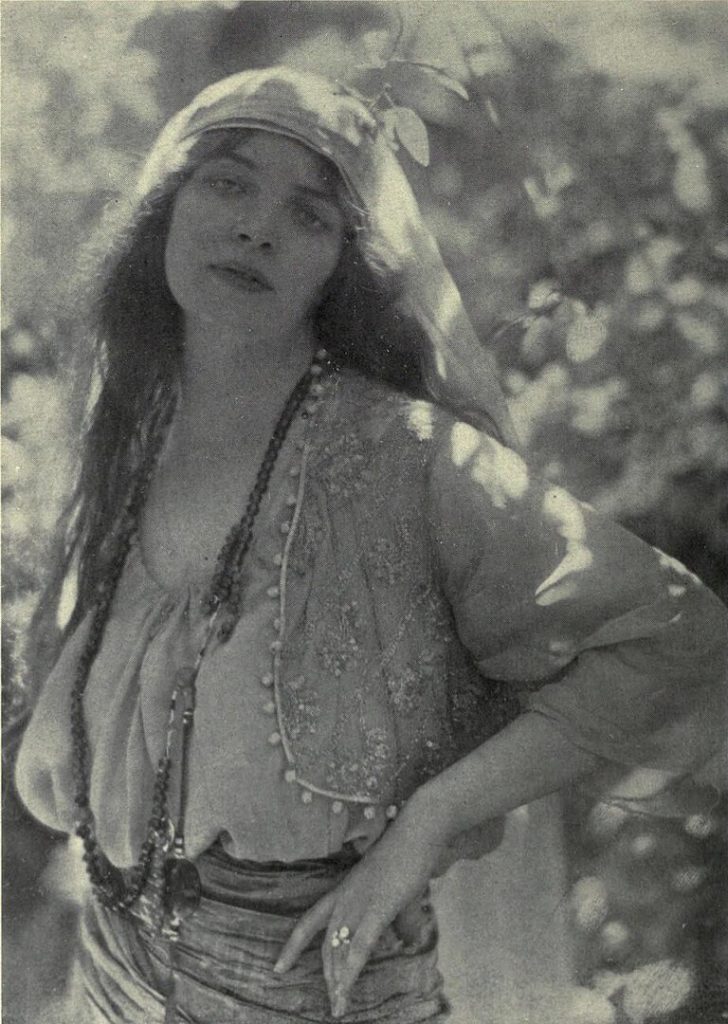
This departure from the stark formalism of his earlier works demonstrated Weston’s ability to infuse everyday subjects with profound meaning. Whether capturing the rugged landscapes of the American West or the intimate moments shared with loved ones, his lens conveyed a deep appreciation for the inherent beauty found in the ordinary.
Shuttered Legacy
In the latter part of his career, Weston faced health challenges, but his artistic spirit remained undiminished. His teachings and writings, notably encapsulated in the “Daybooks,” provided invaluable insights into his creative process and philosophical musings on the essence of photography. Weston’s emphasis on the photographer as a visual poet and interpreter of the world resonates with generations that followed.
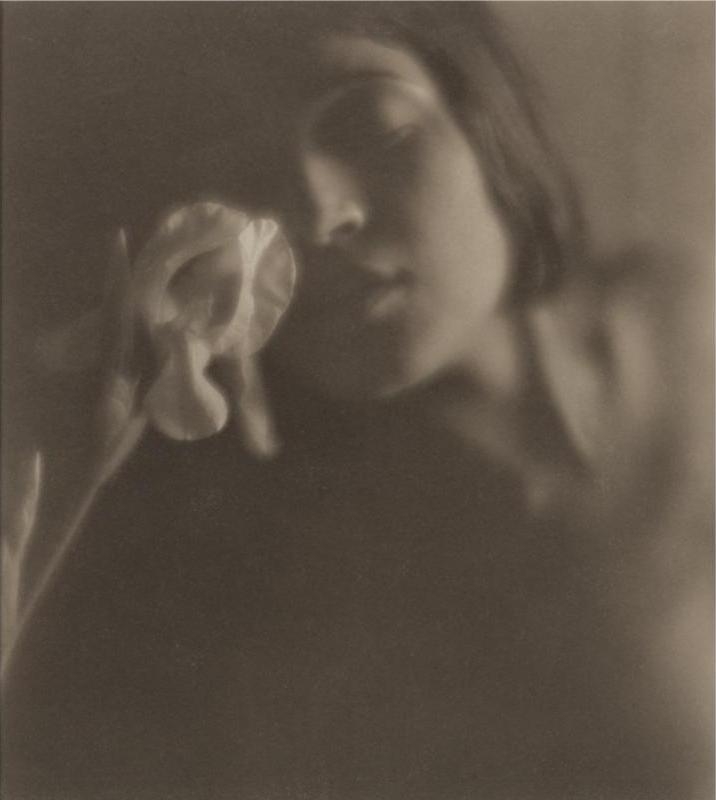
Edward Weston passed away on January 1, 1958, leaving behind a legacy that extended far beyond his lifetime. His impact on the world of photography endures through the countless artists he inspired and the timeless images that continue to provoke thought and admiration. Weston’s pioneering spirit, coupled with his dedication to pushing artistic boundaries, solidifies his place in history as a visionary whose lens revealed the extraordinary in the seemingly mundane.

